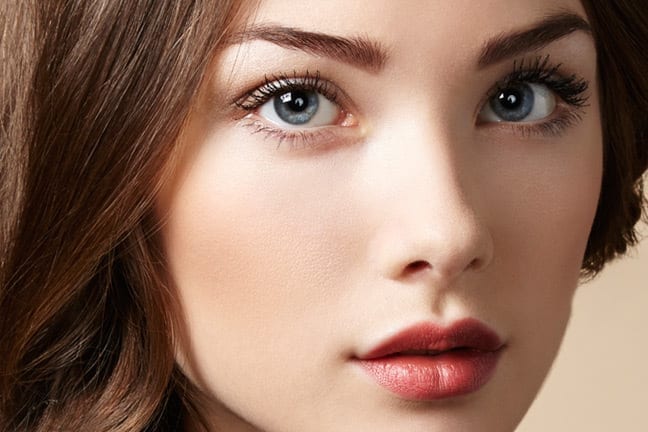Let’s face it, we all love things that bring us immediate gratification. Waiting and waiting to see results seems so old school. And in the skincare world there are plenty of products that promise a quick fix, but few that actually deliver real results—quick or otherwise.
Then there is retinol. Twenty-five years after it was first formulated for over-the-counter use, it is still, hands-down, the best thing you can put on your skin to fend off those first signs of aging. The catch is, you need to give it time. “Retinol is a tried and true ingredient that really works,” says Debra Jaliman, M.D., a New York City dermatologist and author of “Skin Rules: Trade Secrets from a Top New York Dermatologist.” “But it can take months to see a result, so it’s important to be patient and not give up on it too soon.”
READ MORE: The Science Behind Retinol
Retinol is a vitamin A derivative that is turned into retinoic acid when it gets into the skin. Once there, it bonds to over 50 sites on your DNA. “It actually works on a molecular level to repair the skin,” explains Jeannette Graf, M.D., assistant clinical professor of dermatology at Mount Sinai Medical Center in New York City. “It stimulates the fibroblasts in the dermis to produce collagen, and that helps create thicker, firmer, less wrinkled skin.” Regular use of retinol also speeds up skin cell turnover—yet another thing that tends to slow down as we age. “The cells slough off better, which evens out brown discoloration and improves skin texture, giving it more of a glow,” says Jaliman.
Retinol and its prescription-strength cousin Retin A are arguably the most extensively tested anti-aging ingredients out there, as well as the ones with the most science to prove their efficacy. And a recent study showed evidence that not only does retinol work, but it continues to work, providing increasing impressive results the longer you use it. Researchers at Johnson & Johnson conducted a year-long, double-blind clinical trial that involved 60 women—half of whom used a cream with 0.1 percent retinol nightly and half of whom used the same cream without retinol (both groups also used a moisturizer with SPF 30 every morning).
Dermatologist evaluations of subjects found significant improvements in wrinkles and pigmentation three months in, and skin continued to get better when evaluated at six, nine and 12 months. “While we don’t have the clinical data to demonstrate improvements past one year, the data we do have gives us good reason to believe that the longer you use retinol, the better results you will see,” says Samantha Tucker Samaras, research director at Johnson & Johnson Consumer Companies, Inc.
In fact, if you do nothing else at all for your skin, using retinol at night and sunscreen by day will go a long way toward keeping your skin looking young. “From your teens all the way into your 90s, retinol and sunscreen are the most important things you can use on your skin,” says Graf. She tells all her patients to add retinol to their routine, but she has two pieces of advice about using it:
1) More is not better. Don’t slather it on thinking you’ll get faster results—a pea-sized amount is all you need.
2) Give it time to work. “You didn’t age in a day, so don’t expect a cream to make your lines and dark spots disappear overnight,” she says.




































